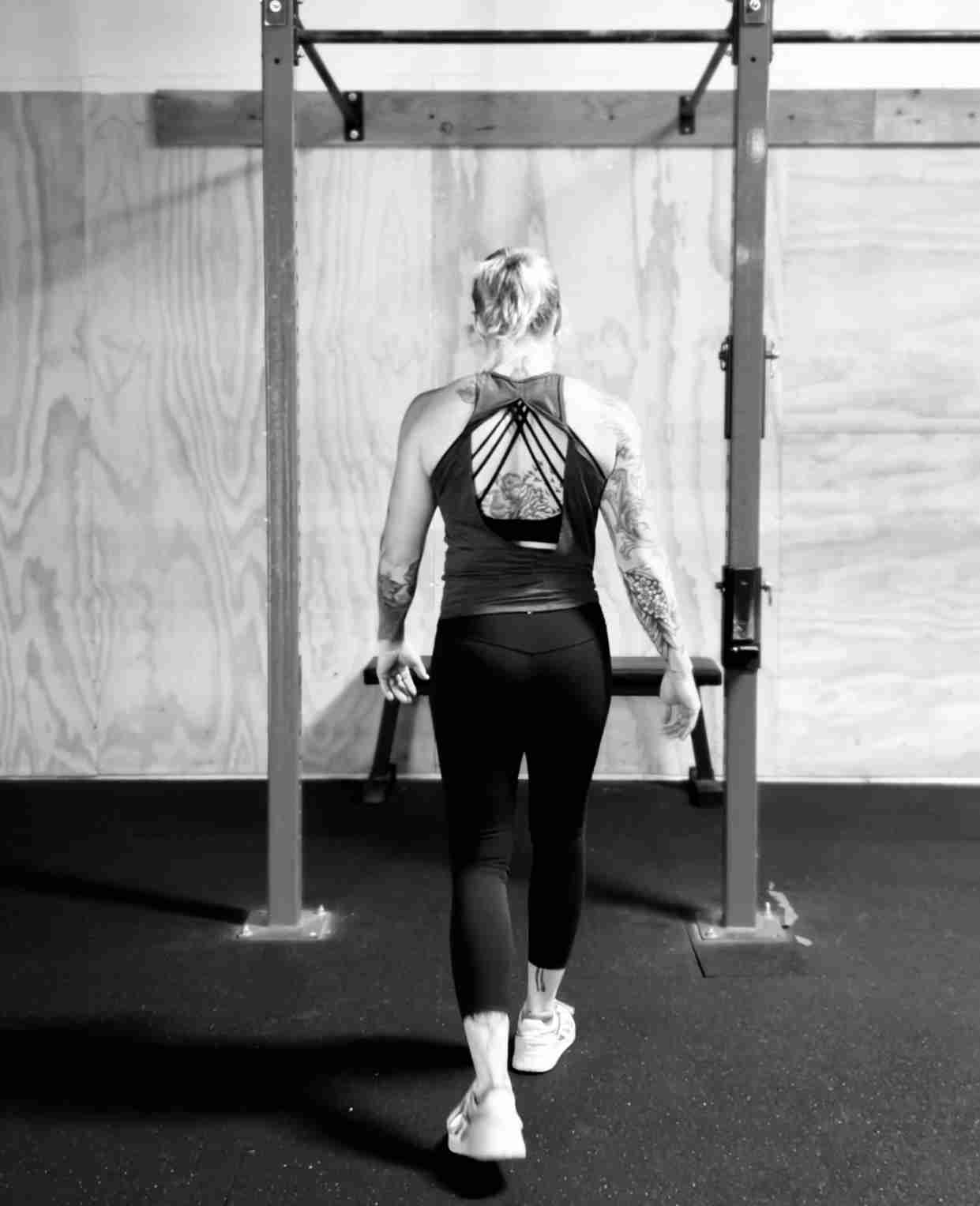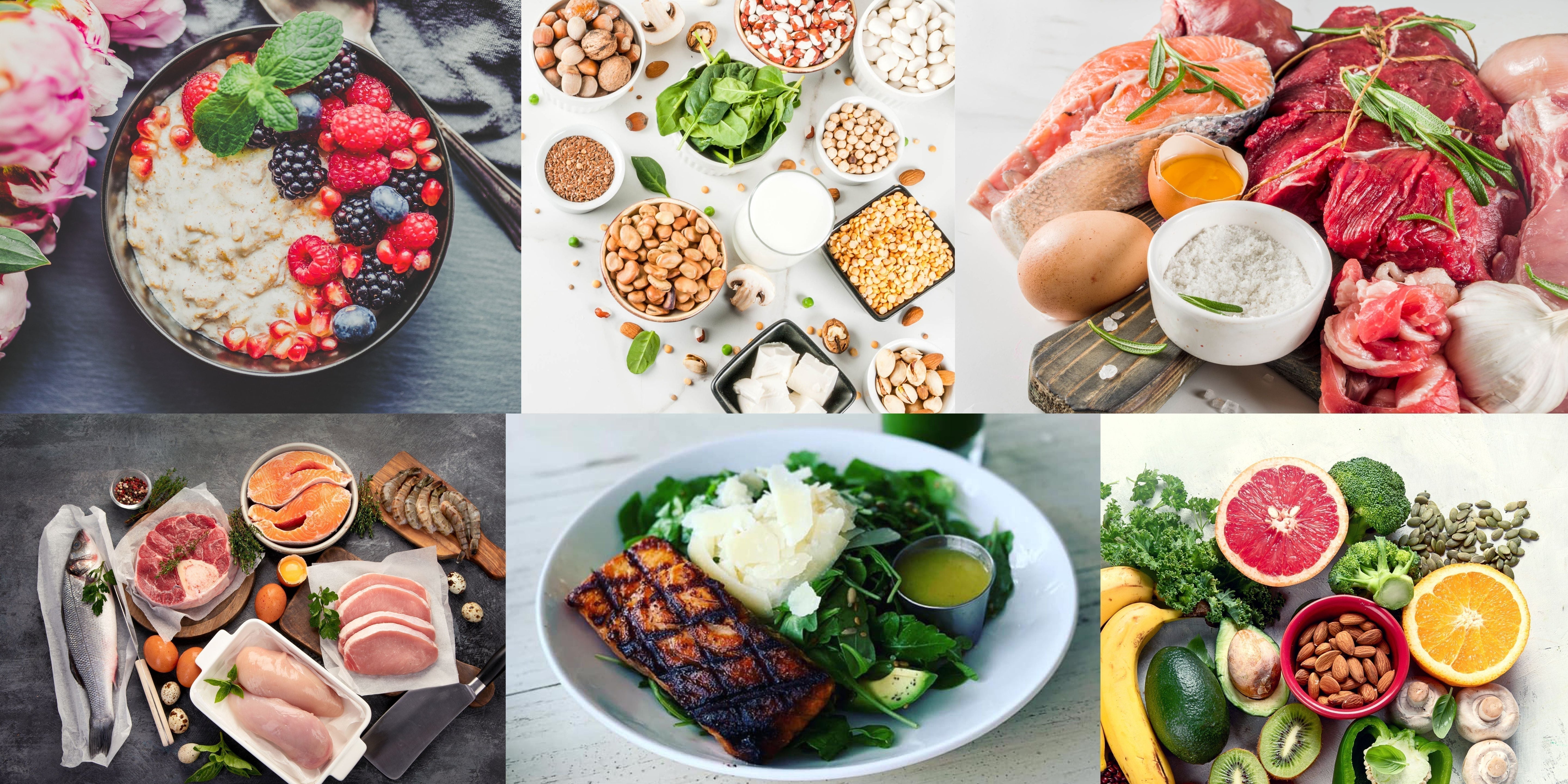Are you sure you get enough protein? The requirements and timing for your demographic might surprise you!
The RDA for protein is:
54 grams a day for a 150 lb female
65 grams a day for a 180 lb male
We will discuss why these numbers fall short for those of us who prioritize our fitness. Plus, if you’re a woman, you’ll want to make sure you aren’t sabotaging your workouts by making this common mistake. Let’s get started.
 If you work hard in the gym, protein intake and timing is crucial.
If you work hard in the gym, protein intake and timing is crucial.
What type of training is best?
I’m not going to spend much time on how to work out. That’s a topic for a future blog. But in order to be precise with protein needs, we must agree on the type of training we’re referring to, which is resistance training and interval training.
Resistance training is spending 30-60 minutes lifting heavy things. The weights must be heavy enough to elicit a response from the central nervous system. What that looks like is doing maybe 5 reps of a lift where, by number 5 you could only do a couple more with good form. You perform 5, with 2 left in the bank, rest, and repeat for a few sets. For bodyweight exercises, you want to be doing enough reps to get to the point of near failure. This type of resistance training will result in strength gains and body composition changes.
Keep in mind this isn’t the type of training you can just jump into if you’re new. Work with a trainer to learn proper form beforehand.
Interval training can be broken down into 2 categories: high intensity interval training (HIIT) and sprint interval training (SIT). A true HIIT workout is working for 1-4 minutes at 80% or more effort, with variable recovery. An example would be running 400s or 800s at the track with a minute rest between. A true SIT workout is working at an all-out max effort for 30 seconds or less and resting for 2-3 minutes.
 True interval training: hard is hard and easy is easy.
True interval training: hard is hard and easy is easy.
It doesn’t have to be running or sprinting. It can be anything that allows you to safely achieve a max effort, like the air bike, rower, or burpees. This type of interval training (as opposed to moderate intensity training) is the most effective way for women to gain cardiovascular fitness. Again, I’m not going to get into much detail here as to why. But stay tuned for future posts that will dive into specifics!
Are you sabotaging your hard work in the gym?
After a session of either resistance or interval training as described above, our bodies are in a catabolic (breakdown) state. There is a window of time (called the catabolic window) where, unless refueled, our bodies will begin to break down lean muscle tissue. The catabolic window is different for women and men. Guys can have up to 3 hours and women have only 30-60 minutes!
Ladies: you don’t want to withhold food for very long after a workout. Our brains perceive it as low energy and will go after the muscle we just worked so hard to build.
High quality protein and a bit of carbs will stop the breakdown state and begin the reparation process.
Post-training protein needs:
Women under 45 need 35 grams of post-workout protein.
Women 45 and older (or who are perimenopausal and later) need 40-60 grams of post-workout protein.
If these numbers seem high, don’t worry. Taking in just 15 grams is enough to stop the breakdown state, so start with that as a minimum and build up. Protein powders are especially handy for post-workout. Choose one that’s 100% or mostly whey type protein as those will mix well with water and are fast to digest and get to the muscle quickly.
It’s important for men to consume some protein within a couple hours of training, but meeting the daily target is more important.
Speaking of daily protein targets…
How much protein should we eat a day?
Dr. Stacy Sims, an expert in women, nutrition, and performance, suggests that women who exercise get 1.1 – 1.2 grams per lb of bodyweight daily.
Dr. Layne Norton, an expert in nutritional science, suggests that men get 1.6 – 2.4 grams of protein per kg of bodyweight. You can determine your bodyweight in kg by multiplying your weight in lbs by .45. Someone who weighs 200 lbs would weigh 90 kg.
Here’s more information on protein requirements and timing for men:

If you haven’t ever tracked how much protein you’re getting, it can be eye-opening. Most women don’t get nearly enough.
Quick story. A couple months ago, my CrossFit coach asked me if I was getting enough protein. “Totally!” I said. “I eat a lot of food.” I would have put money on my guess that I was getting at least 100 grams a day. She doubted I was getting enough and challenged me to track it. So, in an effort to prove coach wrong, I tracked my grams.
I was shocked to realize I was getting barely 50 grams a day consistently, when I SHOULD be getting 150 grams a day based on my weight, age, and training demands. That’s quite the protein deficit!
Honestly, I still don’t get as much as I should, but I’ve worked up to 100+ grams on most days. I don’t like to eat if I’m not hungry, but I do force myself to especially get in my post-workout protein. Turns out, coach was right. I feel better and I recover faster with more protein intake!
I urge you to track your protein and would love for you to let me know if the number surprises you or not.

To wrap things up:
A 150 lb woman who trains a few times a week should be getting 165 – 180 grams of protein daily. Here is an example of what 177 grams of protein in a day looks like:
Breakfast –
¾ cup Fage 5% Greek Yogurt + 2 scoops Mt. Capra Clean Whey Protein mixed in = 40 g protein
Lunch –
1 chicken thigh + 2 oz cheese = 30 g protein
Afternoon Pick-Me-Up –
12 oz Breve latte + Chomps beef stick = 17 g protein
Post-training –
4 scoops Mt. Athos Atlas Protein = 44 g protein
Dinner –
4 oz steak + 1 cup quinoa = 36 g protein
Bedtime –
1 serving (2 scoops) Mt. Capra Clean Minerals with Collagen Peptides Hot Cocoa = 10 g protein






Share:
Combat the Chair: Undo the Damage Caused by Sitting All Day
Interval Workouts Explained: How and Why They Outperform Steady State Cardio